
Conservation
Banff National Park
Spanning 6,641 square kilometres (2,564 square miles) of valleys, mountains, glaciers, forests, meadows and rivers, Banff National Park is one of the world's premier national parks. To ensure this beautiful place remains healthy and intact for future generations, Parks Canada works to protect and restore the park’s ecological health. Learn more about the team’s efforts and how every visitor can help.
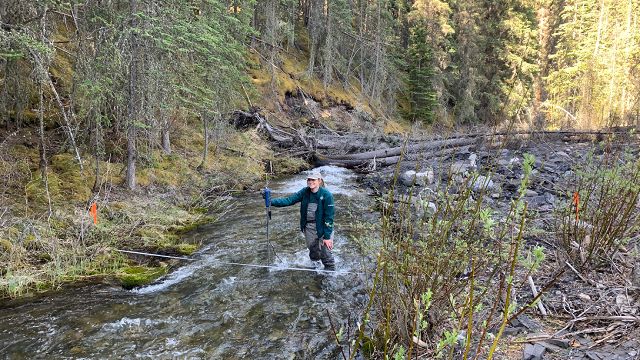
The conservation team closely monitors the health of the park. It makes it possible to take concrete action to protect plants and animals.
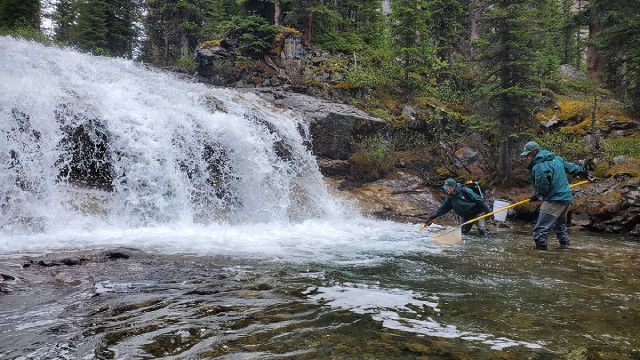
Find out how human activities have changed the forests, rivers and lakes and what we are doing to help them.
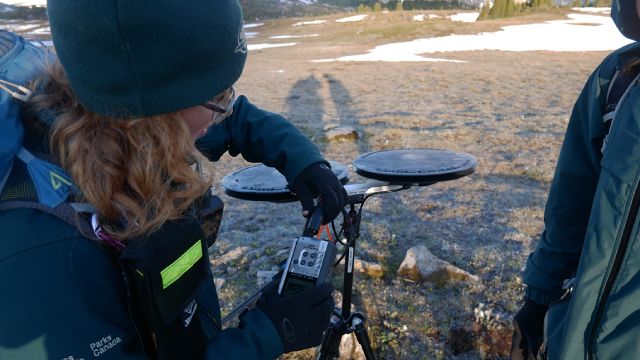
The conservation team is committed to protecting the park’s species, such as Westslope cutthroat trout, Whitebark pine, barn swallows, and black swifts.

Help us prevent the spread of invasive species. Clean, drain, dry, and certify your personal watercraft before boating at the park. Buy your firewood in the park and burn it on site.
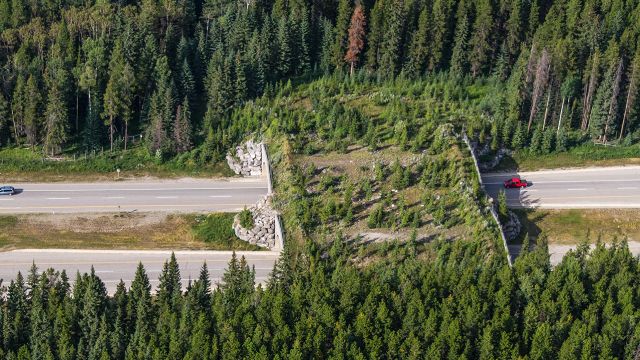
The conservation team works in consultation with regional stakeholders to maintain and restore the pathways animals use to move on land or in water.
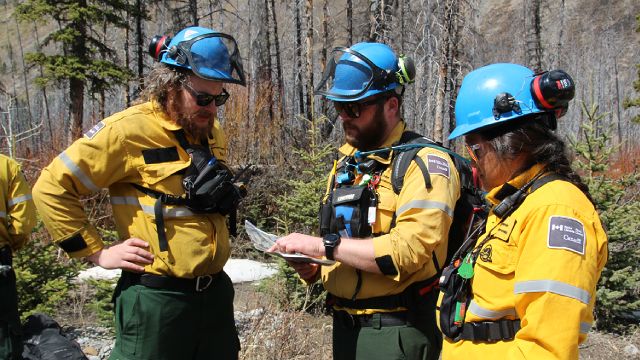
Wildfires are a natural part of life in the Rocky Mountains. Every year wildfires occur and Parks Canada responds to manage these fires within the mountain national parks.
Related links
- Date modified :